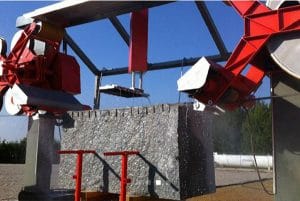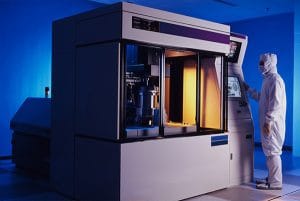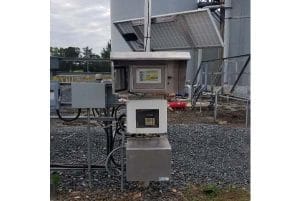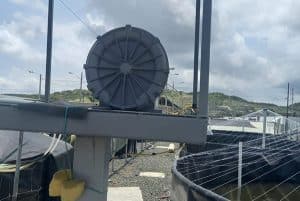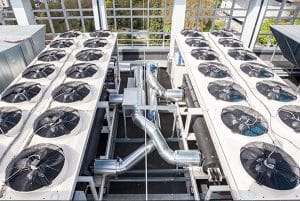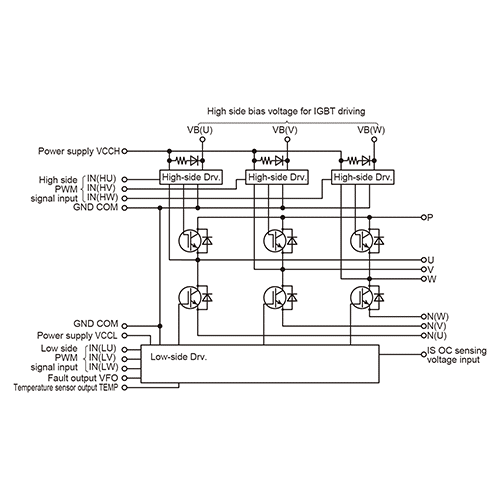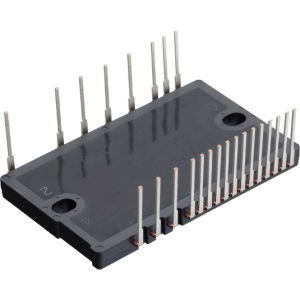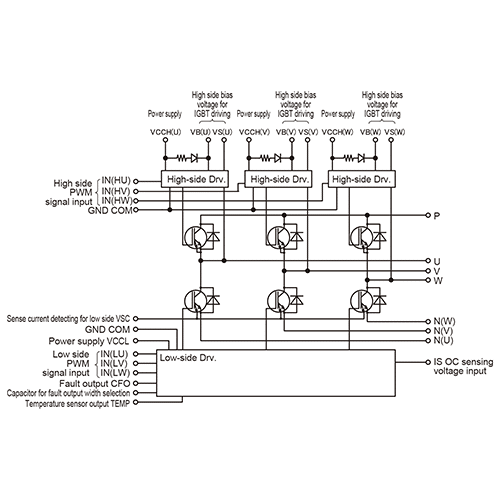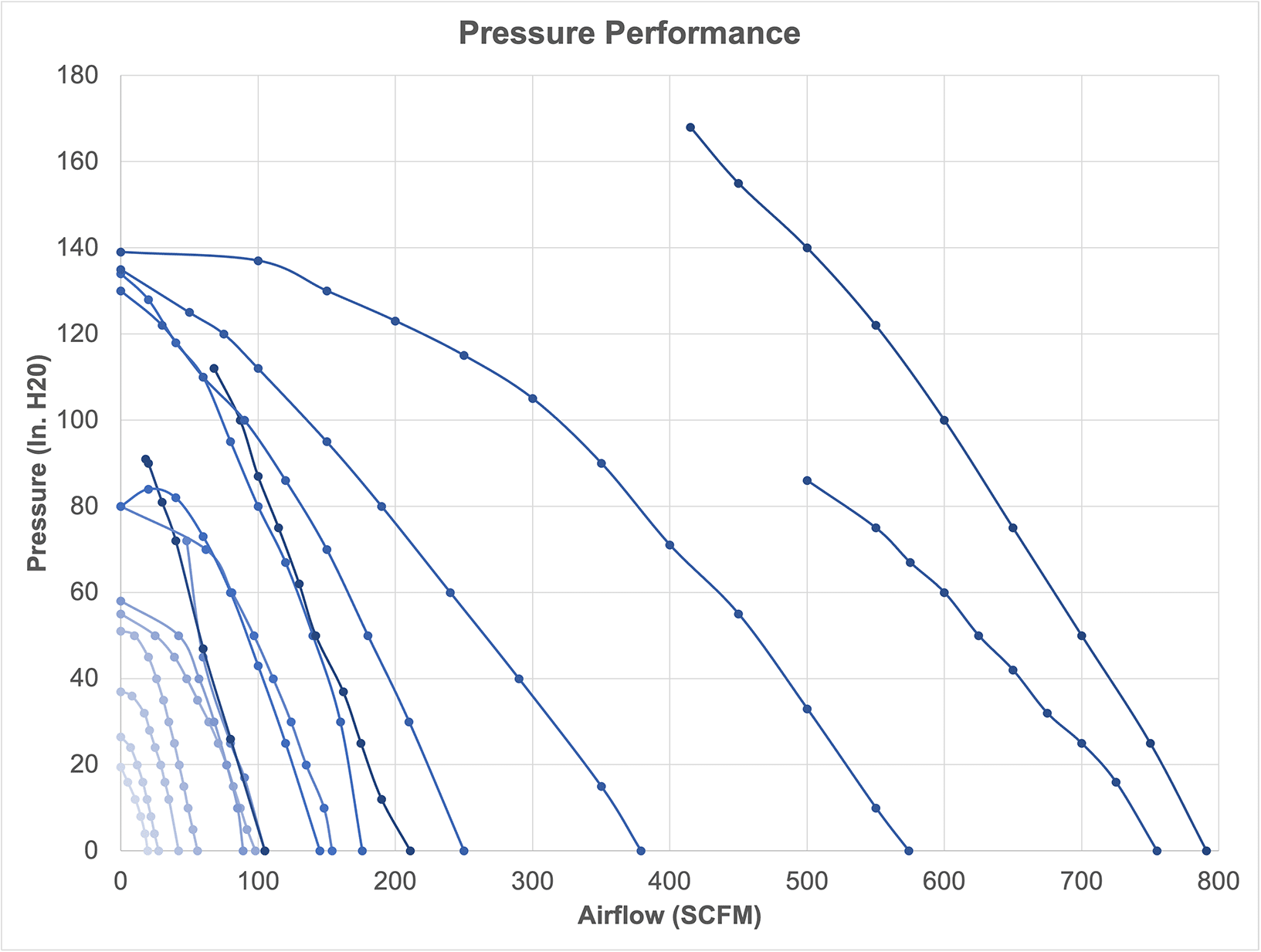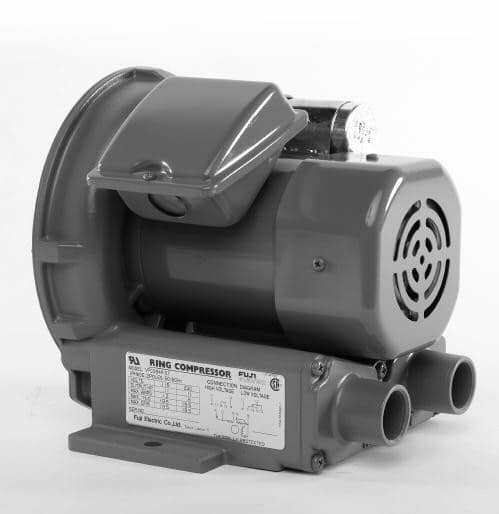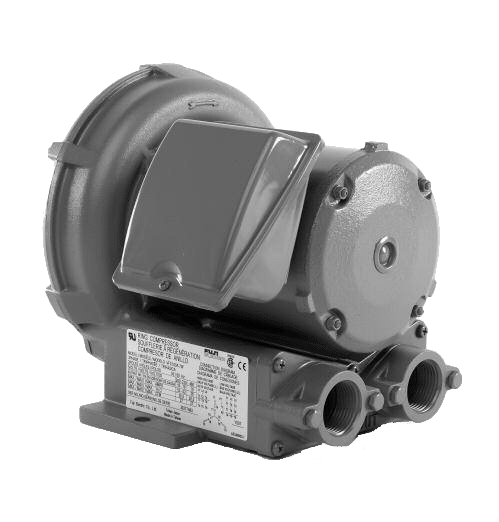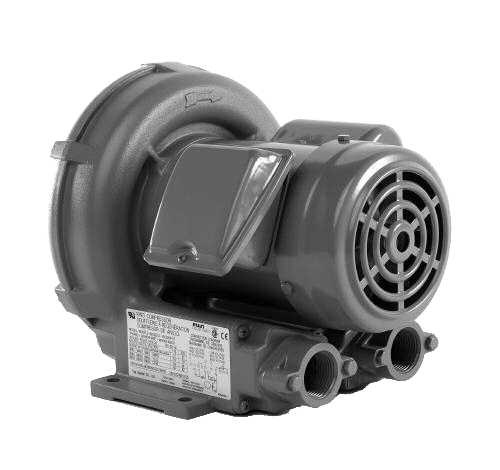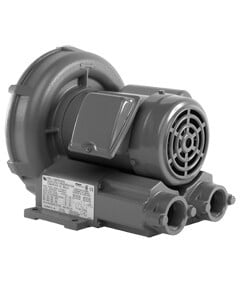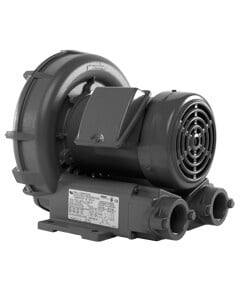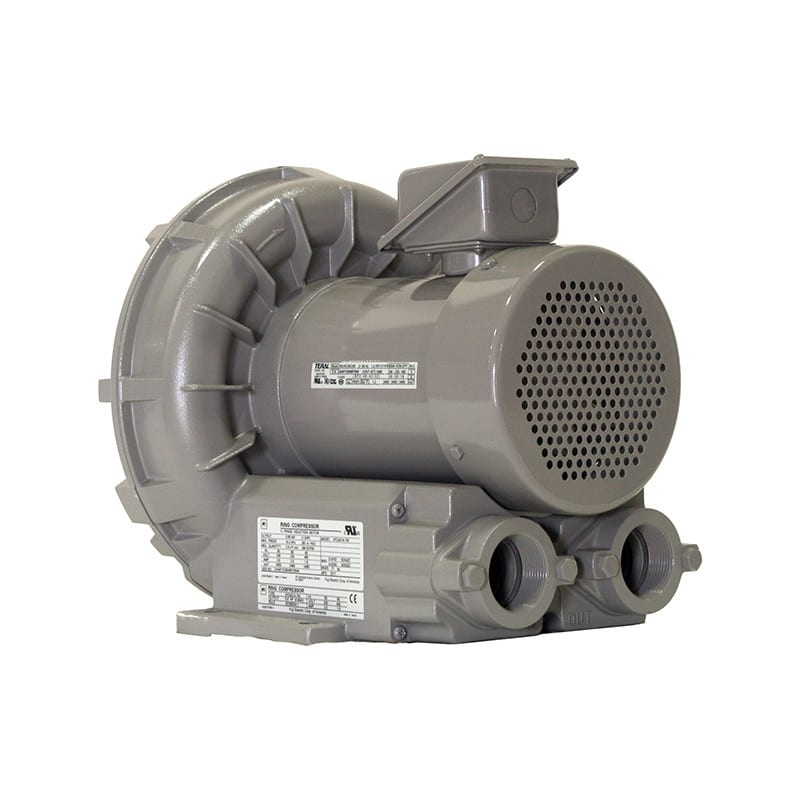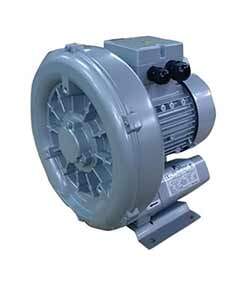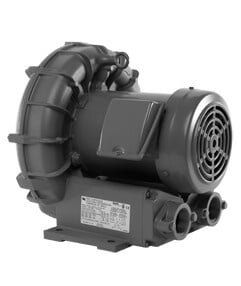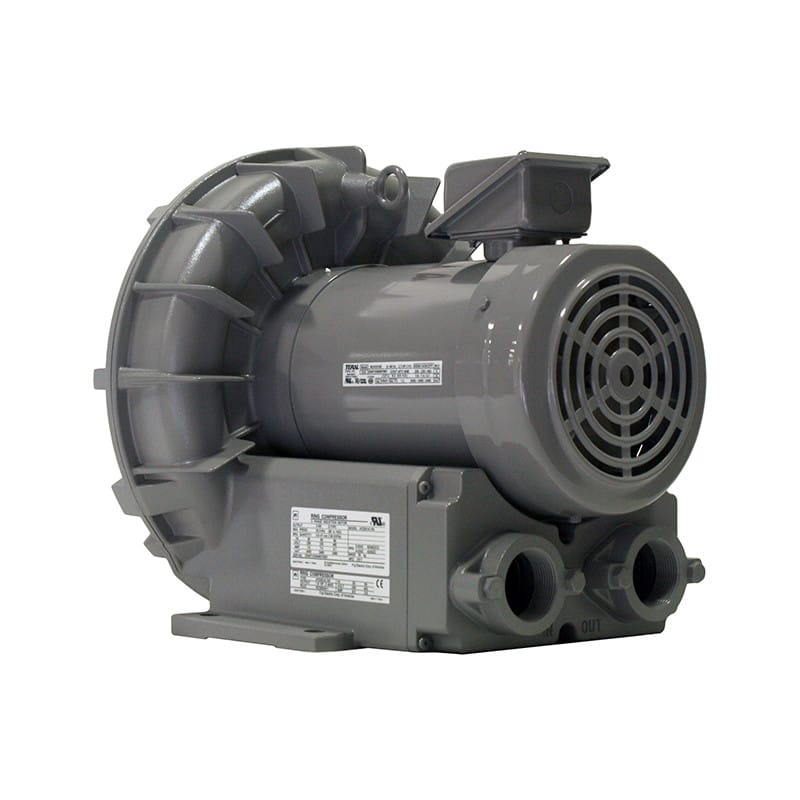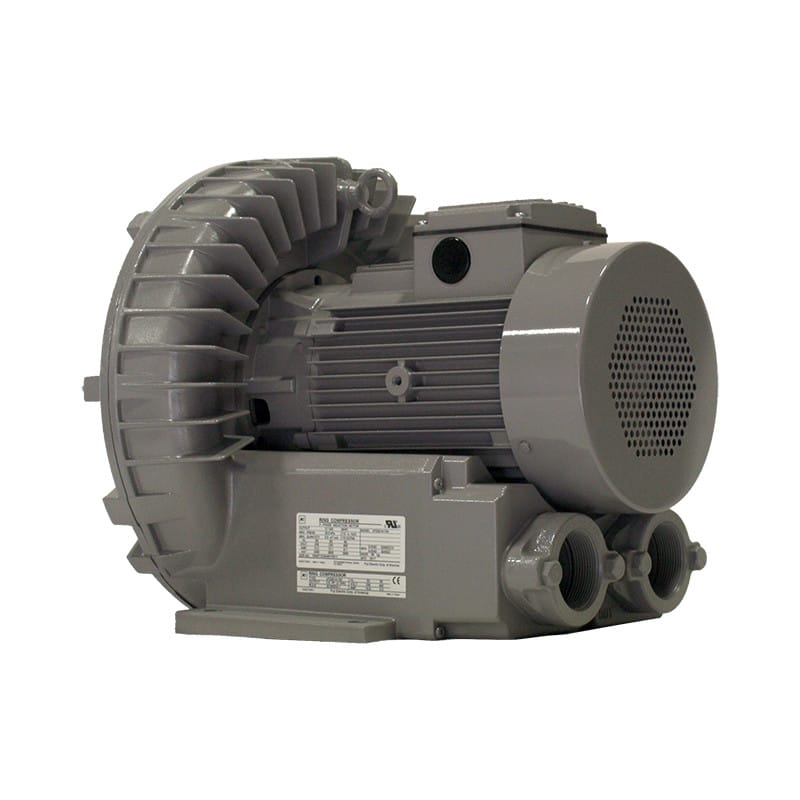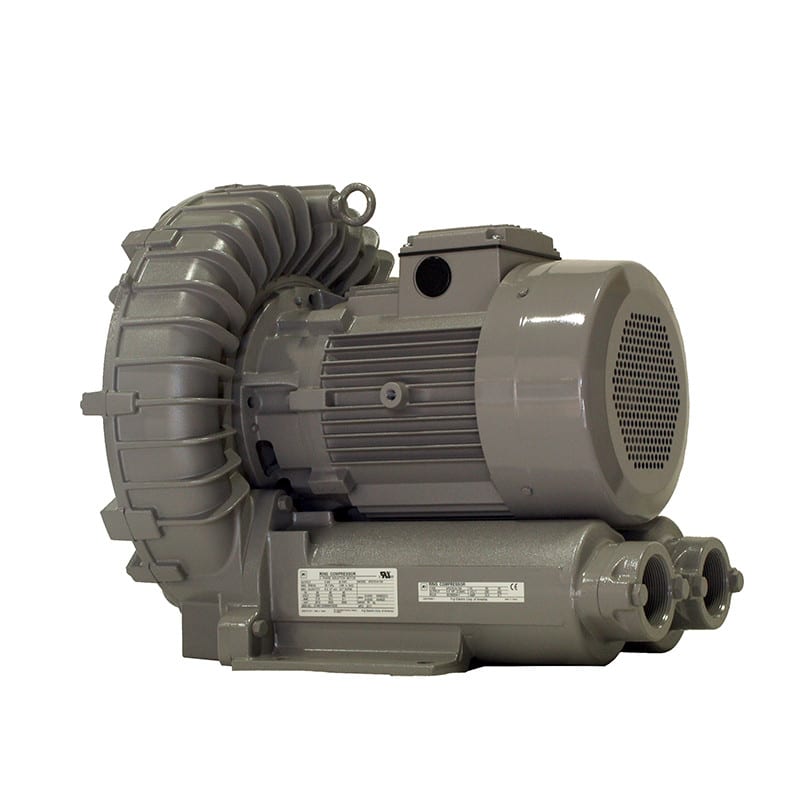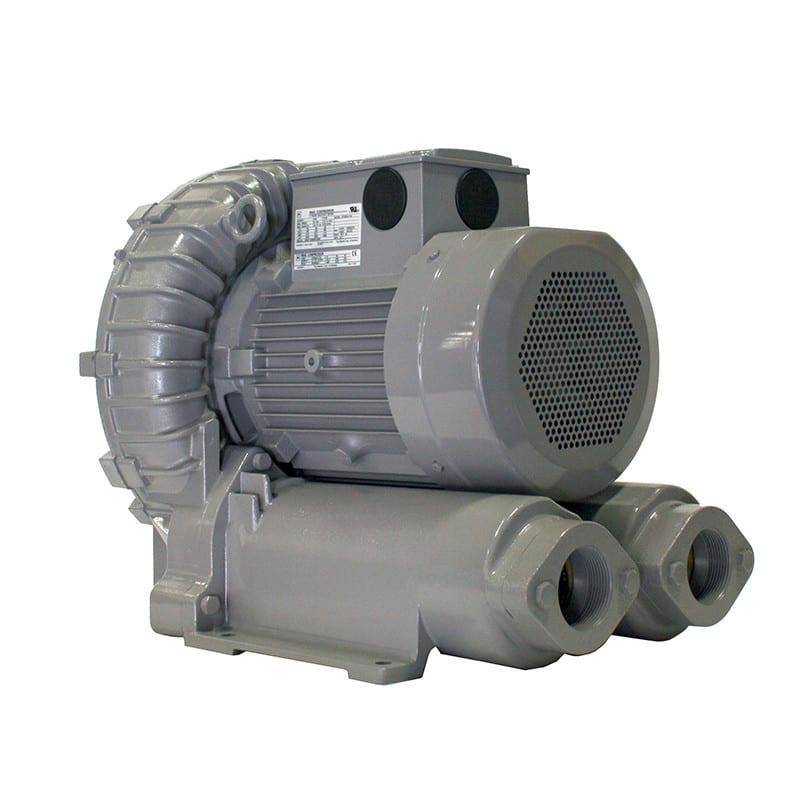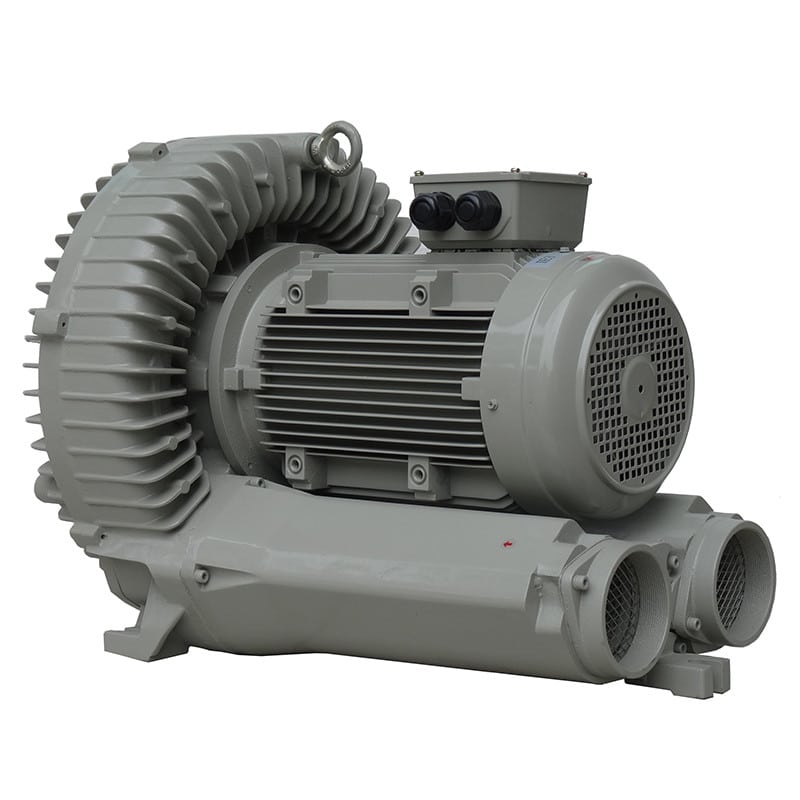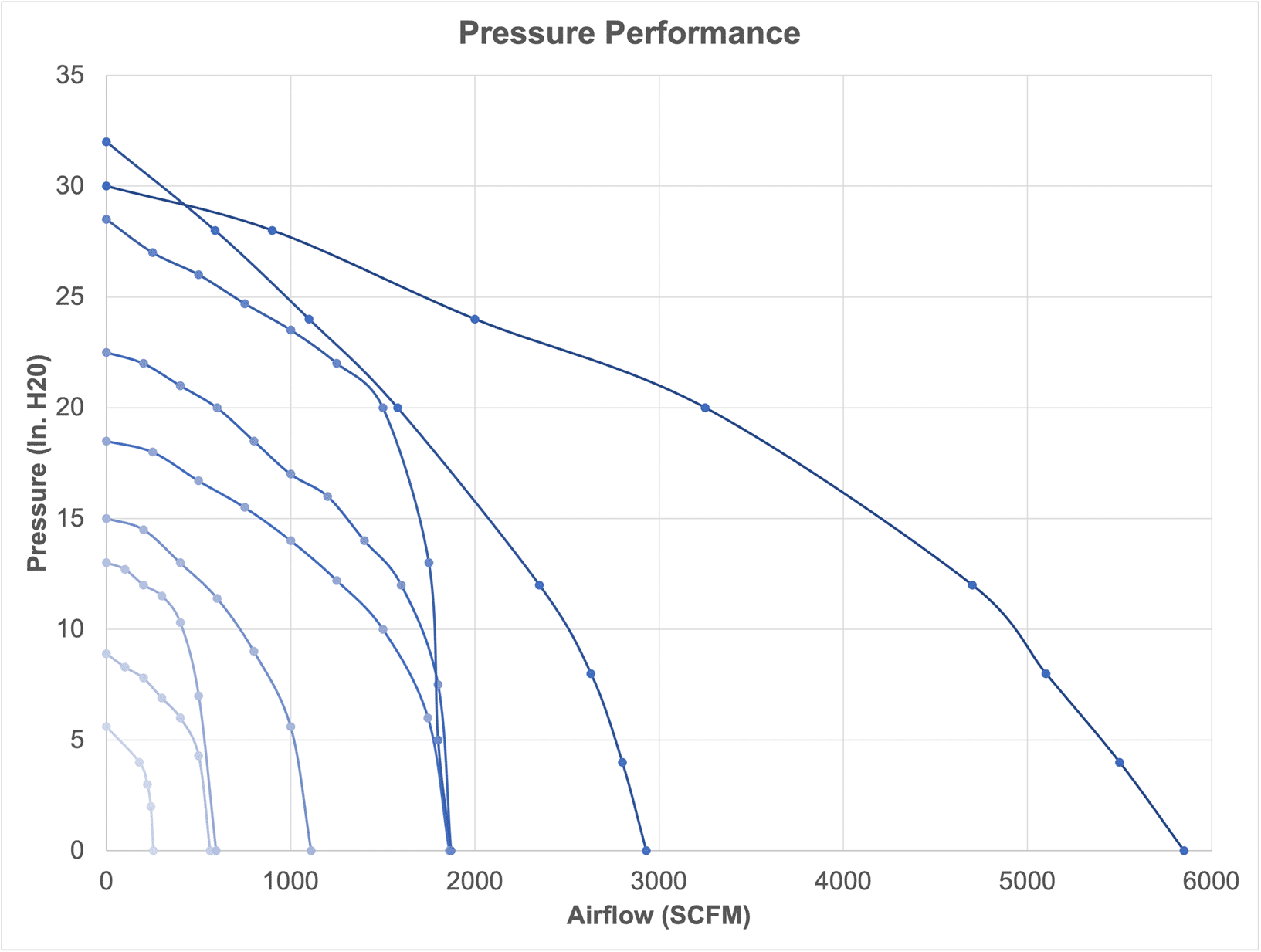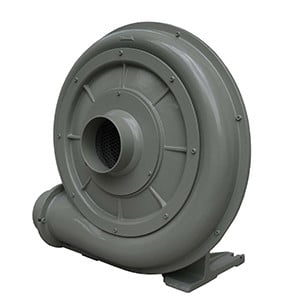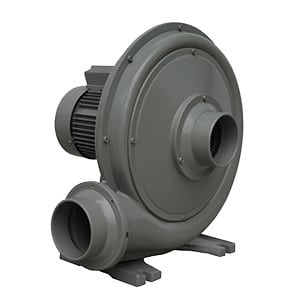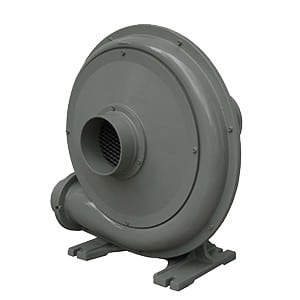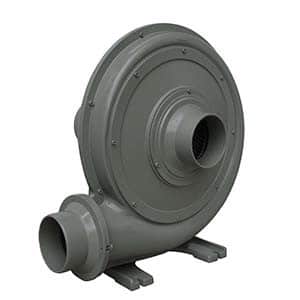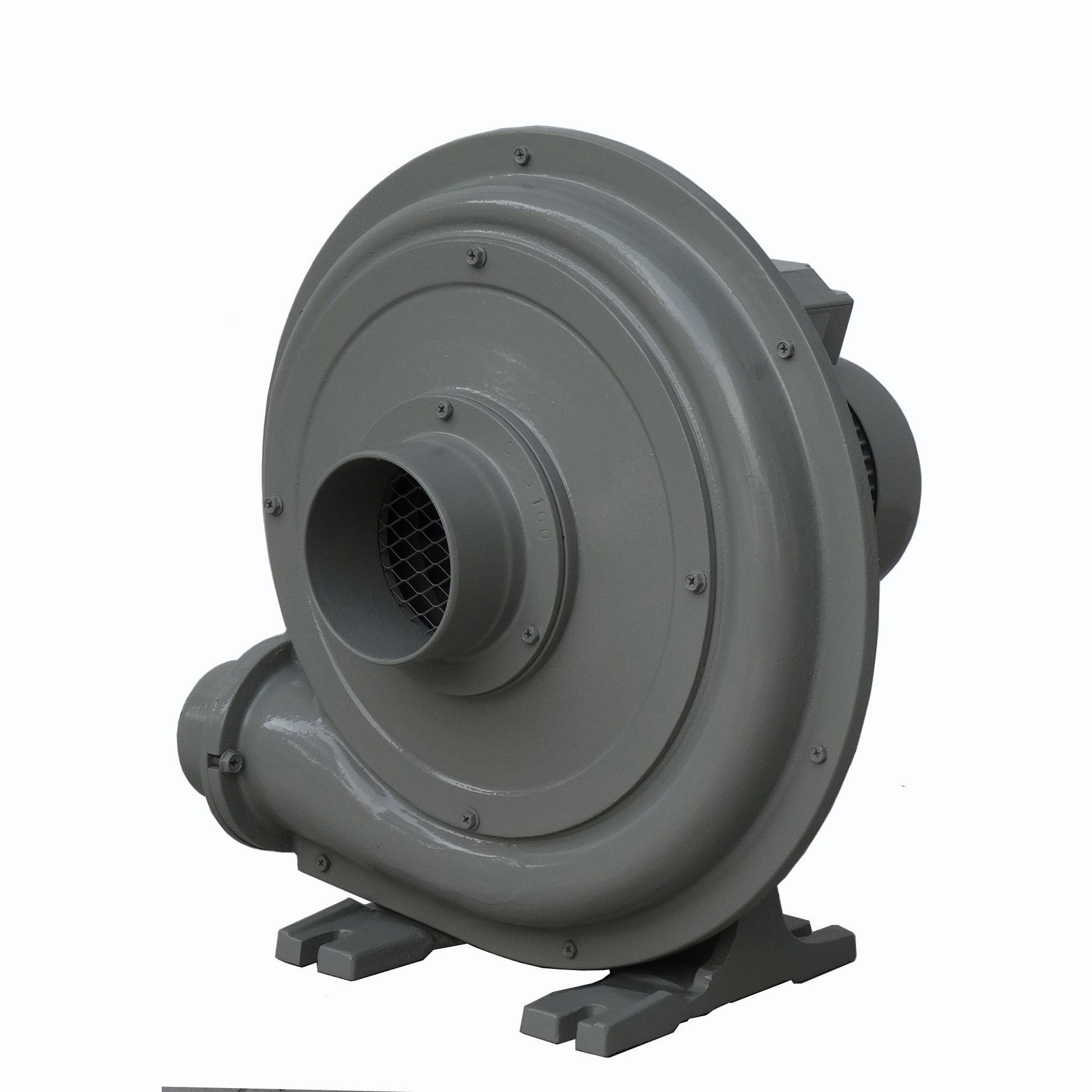Electromagnetic flowmeters, also known as magmeters, measure the flow of conductive liquids using Faraday’s Law of Electromagnetic Induction. Here’s how they work and why they’re ideal for certain applications:
Basic Principle
According to Faraday’s Law, when a conductive fluid flows through a magnetic field, it induces a voltage proportional to the flow velocity.
Key Components
- Magnetic Coils
- Generate a magnetic field across the pipe.
- Electrodes
- Installed on opposite sides of the pipe wall to detect voltage.
- Flow Tube
- Non-metallic and non-conductive lining (e.g., PTFE, rubber) to insulate the fluid from the electrodes.
How It Works: Step by Step
- Magnetic Field Created
- The flowmeter energizes the coils to produce a magnetic field perpendicular to the flow of the liquid.
- Conductive Fluid Moves Through Field
- As the fluid (e.g., water, slurry, acid) flows through the pipe, it cuts through the magnetic field.
- Voltage Induced
- The motion of the conductive liquid generates a voltage between the electrodes.
- Signal Processing
- The induced voltage is directly proportional to the fluid velocity and is used to calculate volumetric flow.
Key Characteristics
- Only works with conductive liquids (minimum ~5 µS/cm conductivity)
- No moving parts, reducing maintenance and pressure drop
- Highly accurate (typically ±0.2–0.5% of reading)
- Unaffected by temperature, pressure, or viscosity
Common Applications
- Water and wastewater
- Pulp and paper slurries
- Food and beverage fluids (e.g., dairy, juices)
- Chemical processing
- Mining and dredging slurries
Limitations
- Not suitable for non-conductive fluids like oils, gases, or deionized water
- Requires full pipe condition for accurate measurement
- Sensitive to electrical noise in poorly grounded systems







